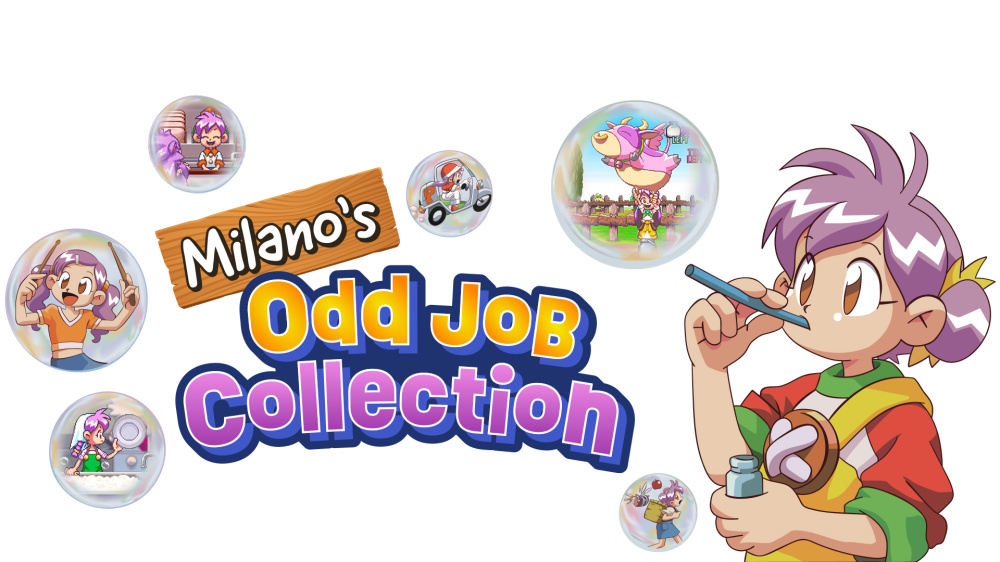Nintendo Switch 2: How Brand Value Shapes Nintendo's Console Naming Strategy
Nintendo has a long history of distinctive hardware names, each shaping the identity of its consoles.
From the innovative Wii to the experimental Wii U and the massively successful Nintendo Switch, the Japanese gaming giant consistently chooses names that reflect its unique approach to game hardware.
As anticipation builds for the upcoming Nintendo Switch 2, discussions around Nintendo’s naming conventions have resurfaced, especially after recent industry insights highlighted the strategic value of the 'Switch' brand. In a recent interview on the KIWI TALKZ podcast, former PlayStation CEO Shawn Layden shared his perspective on Nintendo’s decision to stick with the Switch branding for its next-generation console, rather than opting for an entirely new name.
Layden told host Reece Reilly that the immense brand value Nintendo has established with the Switch is an asset that’s too significant to forego.
Layden noted that Nintendo’s approach mirrors Sony’s strategy of maintaining the PlayStation name across hardware cycles, reinforcing brand recognition and consumer trust.
As Layden put it, Nintendo has created so much equity in the word 'Switch' that changing it would be unwise, given its global recognition and association with quality gaming experiences. The Switch’s impact on the industry is undeniable.
Since its launch in March 2017, the Nintendo Switch has sold over 125 million units worldwide, making it one of the best-selling consoles of all time.
This success is a far cry from its predecessor, the Wii U, which struggled with messaging and branding confusion, resulting in significantly lower sales figures.
When Nintendo introduced the Wii U in 2012, many consumers mistakenly believed it was merely an add-on for the original Wii, rather than an entirely new console.
This misstep underscored the importance of clear, consistent branding—a lesson Nintendo has evidently taken to heart with its upcoming hardware. Layden’s comments highlight how brand loyalty and consumer recognition influence hardware naming in the gaming industry.
If Nintendo had continued its Wii lineage with a 'Wii 2', it might have simplified the console’s marketing and improved its market performance.
Instead, Nintendo pivoted, resulting in the straightforward, distinctly branded 'Switch'.
This branding not only captured the system's core function—switching between handheld and docked modes—but also set the tone for a new era of Nintendo innovation. As Nintendo prepares for the official announcement of the Switch 2, expected to be revealed via Nintendo Direct and slated for an early 2025 release, industry analysts and gaming fans alike recognize the wisdom of evolving an established brand instead of undertaking the risks associated with entirely new naming conventions.
Layden further emphasized that Nintendo's enduring success comes from “dancing to the beat of its own drum,” pointing out that even competitors deeply respect Nintendo's unique influence and contributions to the industry. Nintendo’s focus on brand value, bolstered by the Switch’s critical and commercial triumph, positions the company well for another successful hardware generation.
As the Nintendo Switch 2 approaches, it’s clear that Nintendo’s console naming strategy is informed by both its past experiences and a forward-looking understanding of market dynamics.
From the innovative Wii to the experimental Wii U and the massively successful Nintendo Switch, the Japanese gaming giant consistently chooses names that reflect its unique approach to game hardware.
As anticipation builds for the upcoming Nintendo Switch 2, discussions around Nintendo’s naming conventions have resurfaced, especially after recent industry insights highlighted the strategic value of the 'Switch' brand. In a recent interview on the KIWI TALKZ podcast, former PlayStation CEO Shawn Layden shared his perspective on Nintendo’s decision to stick with the Switch branding for its next-generation console, rather than opting for an entirely new name.
Layden told host Reece Reilly that the immense brand value Nintendo has established with the Switch is an asset that’s too significant to forego.
Layden noted that Nintendo’s approach mirrors Sony’s strategy of maintaining the PlayStation name across hardware cycles, reinforcing brand recognition and consumer trust.
As Layden put it, Nintendo has created so much equity in the word 'Switch' that changing it would be unwise, given its global recognition and association with quality gaming experiences. The Switch’s impact on the industry is undeniable.
Since its launch in March 2017, the Nintendo Switch has sold over 125 million units worldwide, making it one of the best-selling consoles of all time.
This success is a far cry from its predecessor, the Wii U, which struggled with messaging and branding confusion, resulting in significantly lower sales figures.
When Nintendo introduced the Wii U in 2012, many consumers mistakenly believed it was merely an add-on for the original Wii, rather than an entirely new console.
This misstep underscored the importance of clear, consistent branding—a lesson Nintendo has evidently taken to heart with its upcoming hardware. Layden’s comments highlight how brand loyalty and consumer recognition influence hardware naming in the gaming industry.
If Nintendo had continued its Wii lineage with a 'Wii 2', it might have simplified the console’s marketing and improved its market performance.
Instead, Nintendo pivoted, resulting in the straightforward, distinctly branded 'Switch'.
This branding not only captured the system's core function—switching between handheld and docked modes—but also set the tone for a new era of Nintendo innovation. As Nintendo prepares for the official announcement of the Switch 2, expected to be revealed via Nintendo Direct and slated for an early 2025 release, industry analysts and gaming fans alike recognize the wisdom of evolving an established brand instead of undertaking the risks associated with entirely new naming conventions.
Layden further emphasized that Nintendo's enduring success comes from “dancing to the beat of its own drum,” pointing out that even competitors deeply respect Nintendo's unique influence and contributions to the industry. Nintendo’s focus on brand value, bolstered by the Switch’s critical and commercial triumph, positions the company well for another successful hardware generation.
As the Nintendo Switch 2 approaches, it’s clear that Nintendo’s console naming strategy is informed by both its past experiences and a forward-looking understanding of market dynamics.




